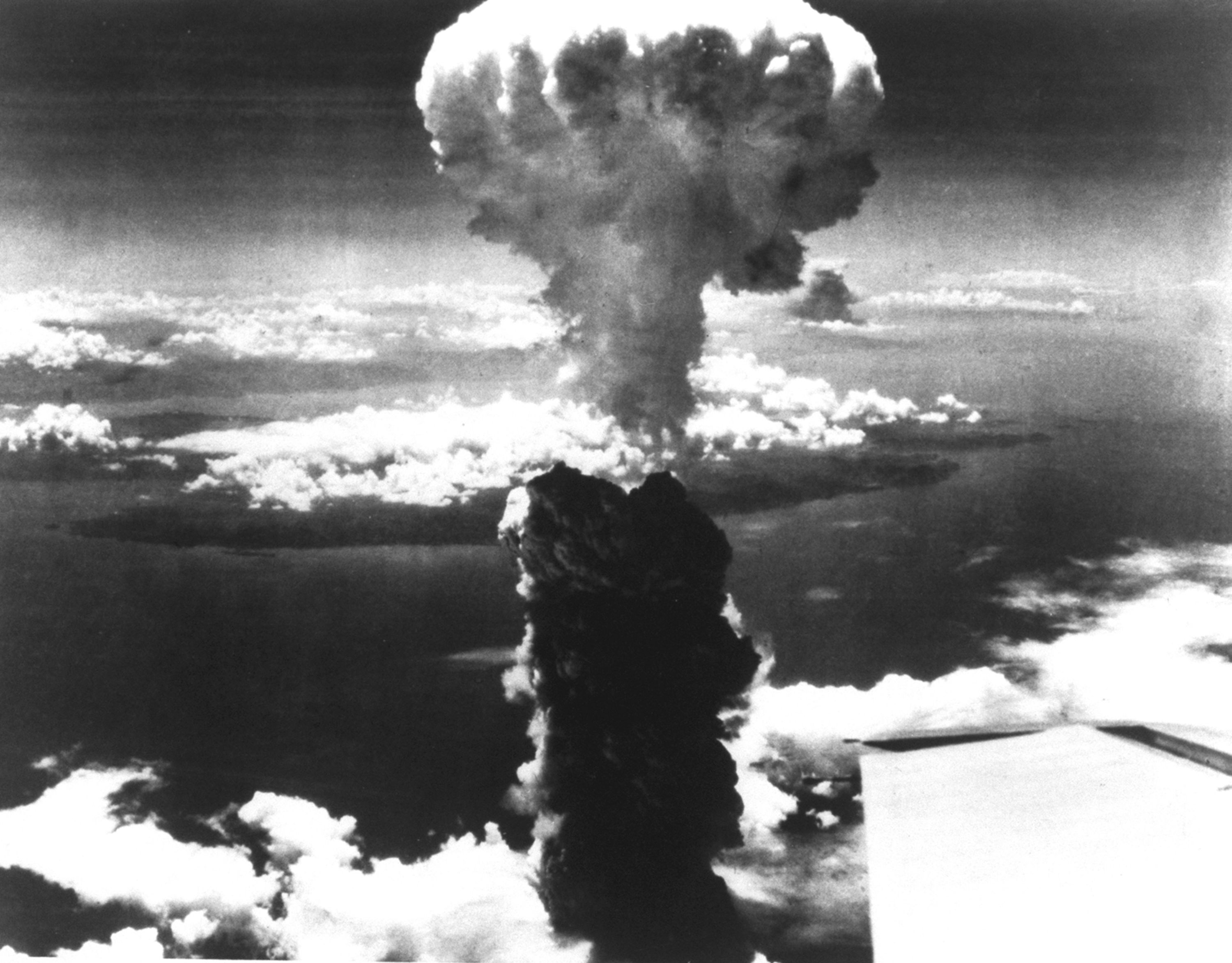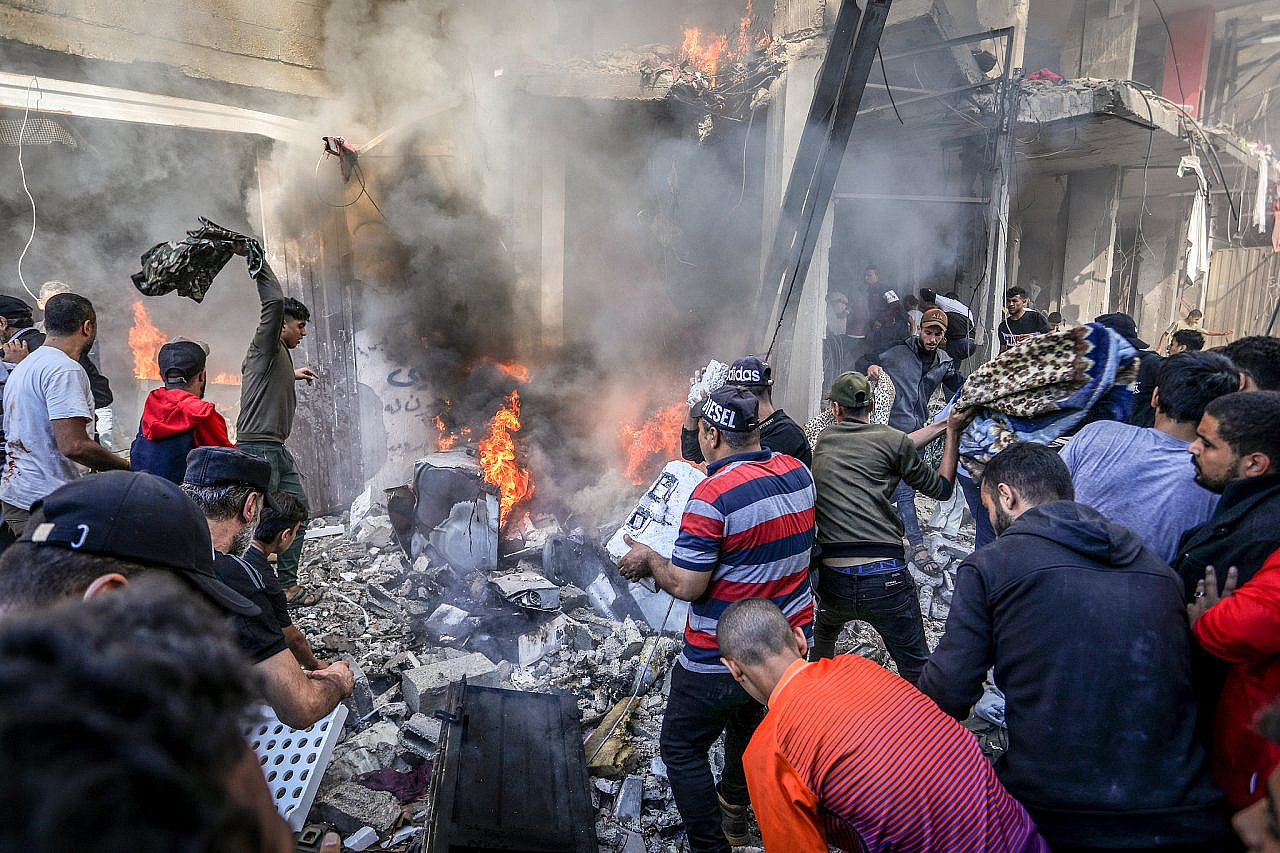Facing the possibility that President Obama might not win a second term, his administration accelerated work in the weeks before the election to develop explicit rules for the targeted killing of terrorists by unmanned drones, so that a new president would inherit clear standards and procedures, according to two administration officials.
The matter may have lost some urgency after Nov. 6. But with more than 300 drone strikes and some 2,500 people killed by the Central Intelligence Agency and the military since Mr. Obama first took office, the administration is still pushing to make the rules formal and resolve internal uncertainty and disagreement about exactly when lethal action is justified.
Mr. Obama and his advisers are still debating whether remote-control killing should be a measure of last resort against imminent threats to the United States, or a more flexible tool, available to help allied governments attack their enemies or to prevent militants from controlling territory.
Though publicly the administration presents a united front on the use of drones, behind the scenes there is longstanding tension. The Defense Department and the C.I.A. continue to press for greater latitude to carry out strikes; Justice Department and State Department officials, and the president’s counterterrorism adviser, John O. Brennan, have argued for restraint, officials involved in the discussions say.





 The United States will mark the 84th anniversary of the Japanese attack on the U.S. naval...
The United States will mark the 84th anniversary of the Japanese attack on the U.S. naval... On Monday, August 6, 1945, after six months of intense firebombing of 67 other Japanese cities,...
On Monday, August 6, 1945, after six months of intense firebombing of 67 other Japanese cities,...:focal(1285x1016:1286x1017)/https://tf-cmsv2-smithsonianmag-media.s3.amazonaws.com/filer_public/d1/4e/d14ed238-3b62-4506-9f53-fc2178dade60/nov2025_d17_prologue.jpg) In the fall of 1945, a bit more than six years after Nazi Germany invaded Poland...
In the fall of 1945, a bit more than six years after Nazi Germany invaded Poland... In 2021, a book titled “The Human-Machine Team: How to Create Synergy Between Human and Artificial...
In 2021, a book titled “The Human-Machine Team: How to Create Synergy Between Human and Artificial...






























